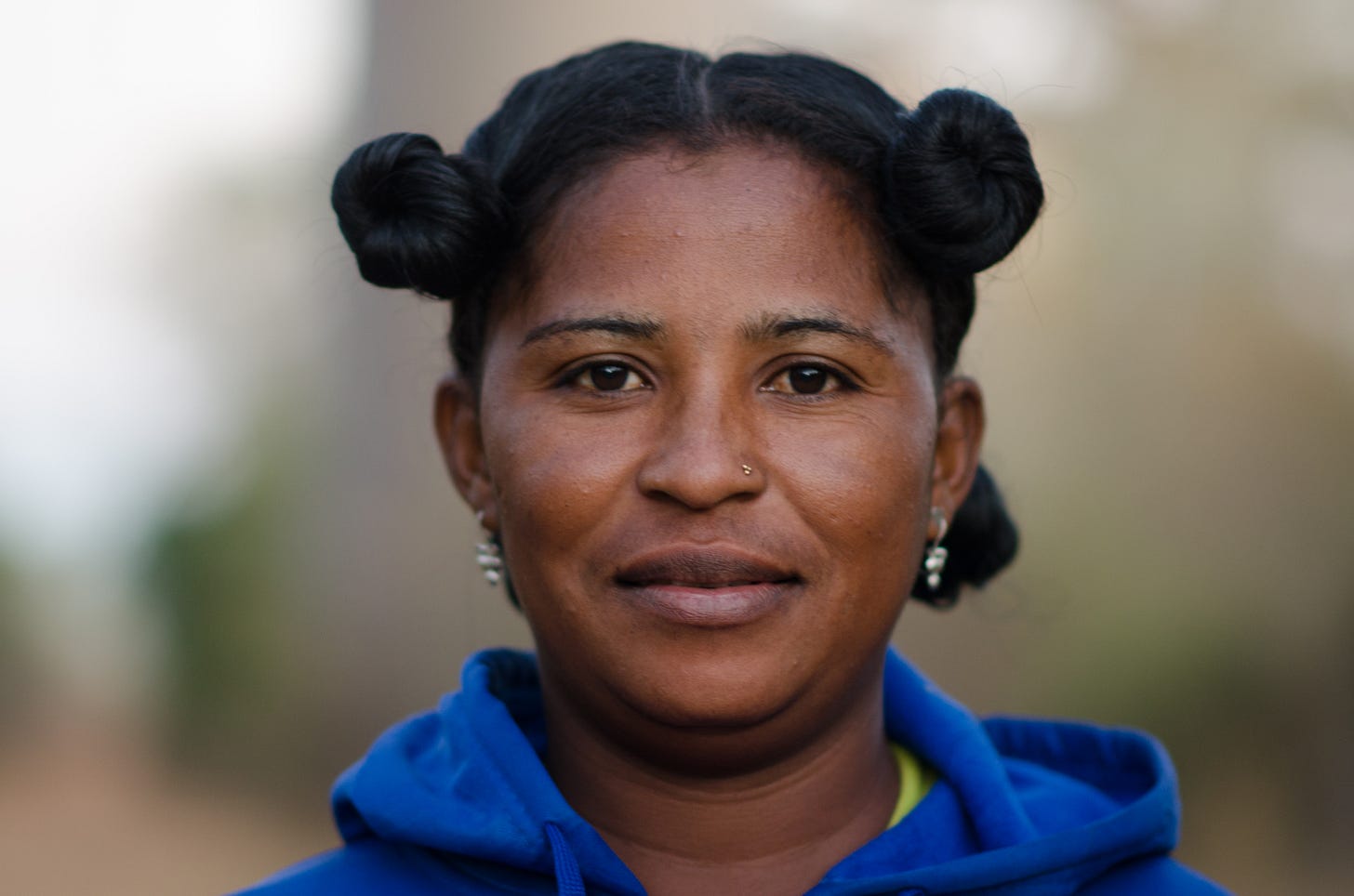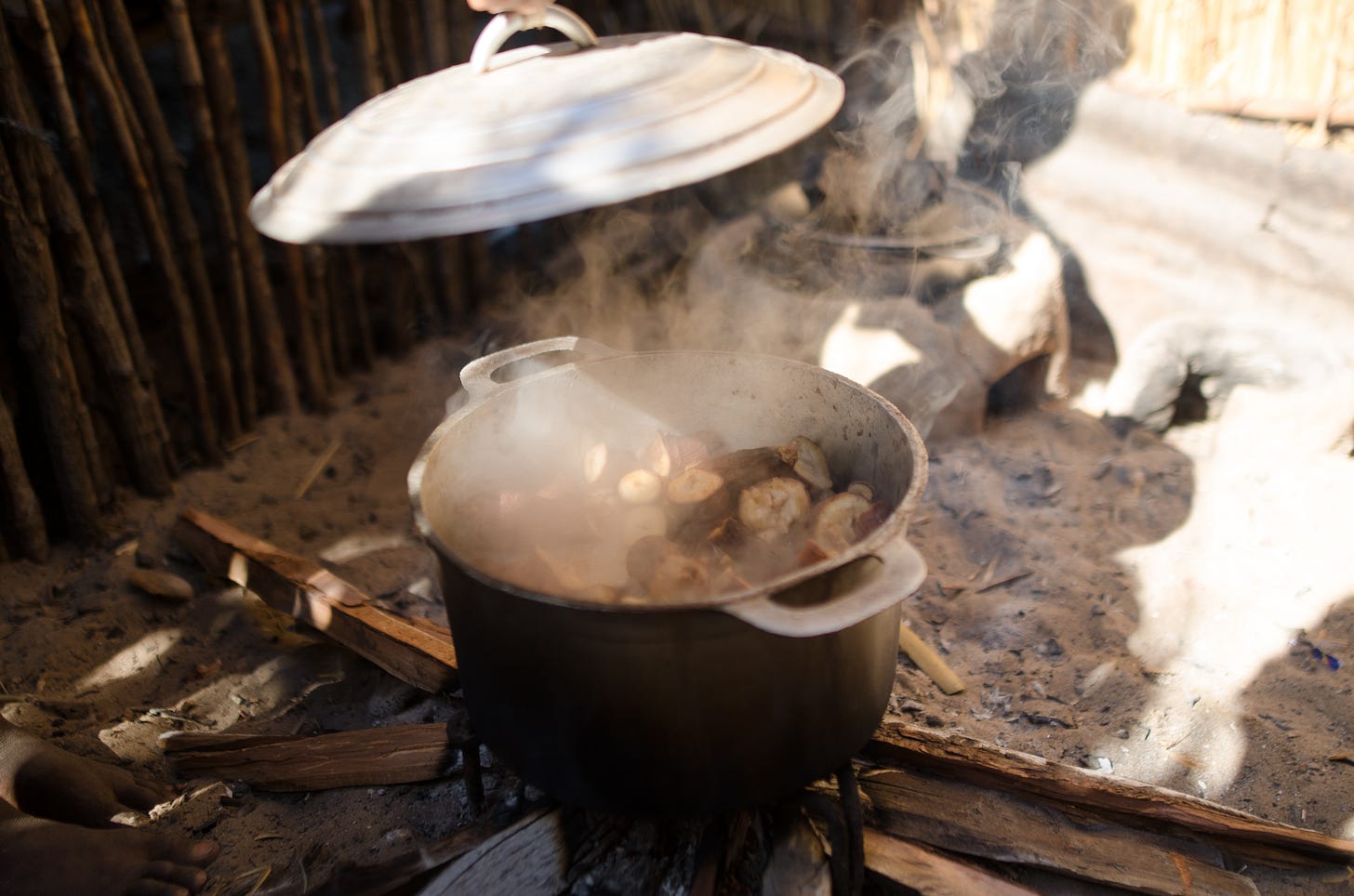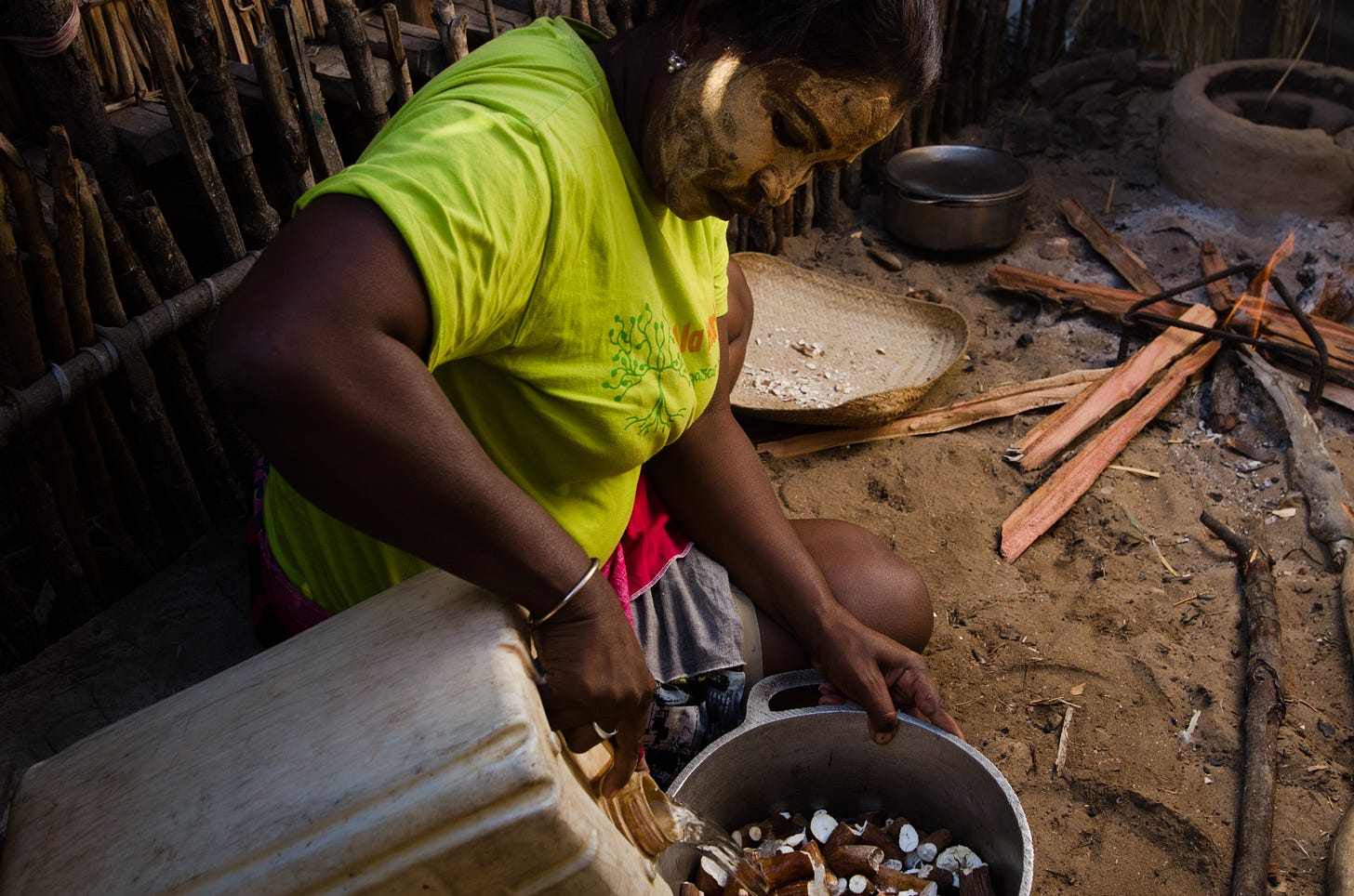My book, Islas, is available for pre-sale! Purchase through Barnes & Noble for a limited-time 25% discount (April 26 + 27) using code PREORDER25. Islas is also available through Chronicle Books, Amazon, or your preferred bookseller.
Two years ago … I had a hunch. Throughout my lifetime, I’d observed something magical in my fellow Puerto Ricans; that even in the toughest moments—after a hurricane, when water and electricity go out, and resources are limited—they make flavorful, soul-nourishing food, often with the simplest ingredients and techniques, and always to share. What started as a curiosity grew into a love letter to the people and landscapes I love most—tropical islands—and a mission to honor the ancestral practices and spirit that empower islanders to thrive under duress.
Islas: A Celebration of Tropical Cooking reflects a lifetime of studying, traveling, and eating across islands. I learned that despite vast distances and wildly distinct cultures, tropical islands share so much. Similar climates produce similar foods—bananas and plantains, citrus fruits, and pungent herbs, root vegetables such as cassava and taro, and fiery chilies. They are also vulnerable places, prone to storms, rising sea levels, and worsening coastal erosion due to climate change. But perhaps just as significant, most of these islands have been colonized, introducing different ingredients, cultures, and cooking methods.
This book is organized by how not what islanders are cooking, focused on six techniques that exemplify tropical cuisines: marinating, fermentation and pickling, braising and stewing, deep frying, grilling and smoking, and in-ground roasting and steaming. These age-old techniques do not require modern tools or power sources and are adaptable, making them a great springboard for all kinds of dishes.
The people I met along the way inspired hope and a profound respect for how communities care for each other amidst crisis. I’m honored to introduce you to Perline Ernestine, a powerful woman, mother, and fisher from Marahota, Madagascar, who exemplifies one of the most common ways of cooking across islands: stewing.
Excerpt: “Perline Ernestine”
Perline Ernestine presides over Marohata—a coastal village in southwestern Madagascar where fresh and saltwater ecosystems converge, brimming with green sea turtles, shrimp, and crab. As a kid growing up by the sea, she eagerly watched as fathers, husbands, and brothers returned home from the day’s catch. Today, the mother of four is a leader within the Marohata Fisher’s Association, an alliance of local villagers dedicated to protecting their way of life, and the only female president of the association’s nine villages.
Sourcing food can be challenging in isolated coastal areas. Perline and her husband fish, harvesting tentacled sea cucumber, mackerel, trevally, and other seafood three times a week. They can access root vegetables such as taro and cassava, plantains, bananas, and rice through trade and foraging.
Perline’s cooking style is a signature of Malagasy cuisine. Over improvised burners directly on the sand, she boils peeled cassava root (yuca) and cooks fresh-caught lanora, or bluefin trevally, with oil, onions, and curry powder, which she serves atop cassava or rice. It’s exceedingly simple but reflects deep resilience and boundless creativity among people who do what they can to make delicious food under challenging circumstances.
Excerpt, “How to Braise + Stew”
Despite their warm climates, soups and stews feature prominently in island cuisines. This cooking technique is a critical way to stretch ingredients and is exceedingly adaptable, lending itself to different vessels and heat sources—from cast-iron pots set over open fires to Dutch ovens on a conventional stove.
Typically, stews and braises begin with a blend of aromatics and spices that are then slow-cooked in a liquid—sometimes simply water, but often flavorful broth, stock, beer, or wine. These types of dishes can have a “kitchen-sink” approach, layering ingredients such as tough cuts of meat, carrots and onions, local root vegetables such as cassava or taro, and then more tender vegetables and herbs. The timing forms a flavor foundation to build upon and is just as applicable to seafood, legumes, and vegetable dishes as it is to meat.
Mastering stewing and braising will ensure you and your family never go hungry.
To learn more and celebrate island people and cooking, get your own copy of Islas today! Purchase through Barnes & Noble for a limited-time 25% discount (April 26 + 27) using code PREORDER25. Islas is also available through Chronicle Books, Amazon, or your preferred bookseller. To see more stunning photographs from Madagascar, check out my Instagram.
Special thanks to the brilliant artists, chefs, and writers who contributed to Islas: Brigid Washington, Jenn de la Vega, Stephanie Rodriguez, Sophia Ramirez, Cybelle Codish, Lauren Vied Allen, Cami D. Egurrola, Gina Ishmael, and Rija Ramamonjy.















What an awesome story!